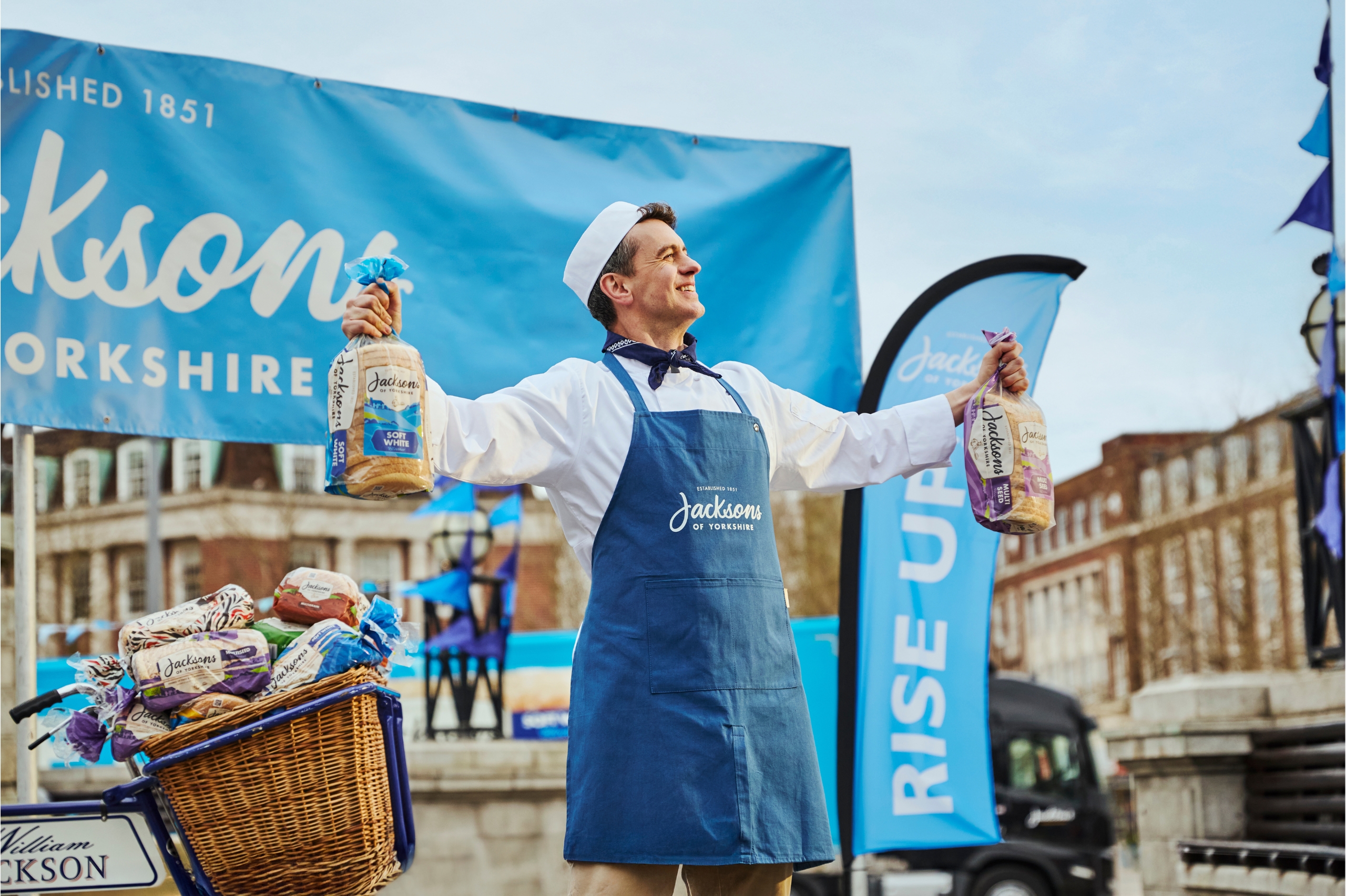Production and Media: The forgotten pieces of the puzzle
In the world of marketing and advertising, the spotlight often shines brightest on the creative concept. We get it. It’s the flashy idea that grabs attention, wins awards, and gets people talking!
However, behind every successful campaign lies a complex puzzle, and two of its most critical pieces—production and media planning—are way too often left out of the early discussions.
About this post
Published
Author
August 30, 2024
Usually, creative concepts are developed, refined, and approved before production and media strategies are fully considered. This approach can result in a disconnect between the creative vision and the practical realities of bringing that vision to life. Production teams are then tasked with executing a concept that may not be fully feasible within the given constraints, while media agencies are left to fit the creative into a plan that may not fully capitalise on its potential!
We know where we stand: we’re all about playing nice with other agencies and lifting each other up. We might sound like a broken record sometimes, but honestly, we’ve found that things work best when we’re brought in from the start.
But what do other businesses think?
We’ve sat down with Bridget Moore, Founder at Alchemy Media, to explore why it’s so important for them to work in a collaborative way, and why you should care about it too.
How does media planning contribute to the overall success of a campaign?
“Media planning is key for ensuring a campaign reaches its target audience effectively. The starting point for media planning for any brief is to get a thorough understanding of things like market orientation, competitive context, current customers and opportunities for audience/penetration & sales growth – demographically, contextually, geographically, behaviourally etc. Once we’ve agreed on a core target audience, we look at what media channels our audience consume; how influential and impactful each is against the job we’re trying to do, lead times and available inventory and what the cost metrics of each element are within the context of the available budget. This process ensures the campaign is timely, consistent across platforms, and adaptable, which enhances brand recall and overall campaign success.”
How can early collaboration between creative teams, production, and media planners lead to more successful campaigns? What are some of the key benefits of integrating components from the start?
“Early involvement in the creative and production process can really help focus on which channels we should be using and why so that the creative effort is spent in the right places. For example, with one of our B2B clients who had traditionally focused on print & trade media, we recommended an emotive video-led approach to drive consideration in a low-interest category, running across linear TV, BVOD, YouTube and mobile channels. Each one required different creative lengths, so it was helpful to collaborate on this prior to creative and production so that all teams were clear on what formats would be used – not just the ones traditionally used by that brand. And of course, an early understanding of the creative idea is also really helpful to the media planning team in sparking ideas around how we can leverage the message through the media plan and execution. When the media placement and creative message work in harmony the impact is multiplied. We’ve used this to great success on several campaigns; for example, creating bespoke comms for tactically placed OOH targeting car drivers, when we wanted to change their travel behaviour. We’ve also amplified creative story-telling, for example, reinforcing British, Farming and Premium themes for a bed retailer through a contextually-led media strategy. We also have stacks of helpful advice and best practice guidelines for the various advertising formats which can be invaluable to creative teams in terms of getting the best out of the media space that their message will sit within. Again, this can focus efforts in the right direction and leverage learnings from other brands & campaigns in getting the very best out of the media inventory being used.”
Agency collaboration is all about trust and allowing experts to guide the conversation and deliver value. As industry leaders with deep expertise in the field, what new trends or innovations in media planning should marketers be aware of to stay ahead of the curve?
“The media landscape is constantly evolving – just because something has worked in the past doesn’t mean it’s the right thing to do next time around because so many factors change. In an increasingly fragmented media world, it is challenging for advertisers to capture their audience’s attention. Taking advantage of innovations, like integrated cross-device targeting – being able to take your audience on a communication journey and push them down the funnel, can aid cut-through and effectiveness. Dynamic creative also offers a multitude of benefits – the ability to tailor creative around locality, weather, time-of-day or browsing behaviour significantly improves relevance. But collaborative pre-planning is required to factor these things into a campaign. We’ve done this recently for a financial aid provider where our TGI audience segmentation helped inform the creative and comms and enabled us to serve tailored ads to pensioners versus families, who both have very different lifestyles and needs.”
What metrics or indicators should be used to evaluate the impact on a campaign’s success, and how can this data be leveraged to improve future campaigns?
“It’s important that all parties are aligned on what the campaign measures of success are. It’s good practice to sit down with all the invested parties at the start of campaign planning to discuss and agree how success will be measured and realistically what the goals should be. Whether that’s building mental availability and brand health for longer-term growth, or driving short-term sales performance, an understanding of the role of each media channel is crucial in delivering the best outcomes – as they all serve different purposes. Once the campaign is live, continuous monitoring of these KPIs allows for real-time adjustments, optimising the campaign’s effectiveness as it progresses. This data-driven approach not only enhances the current campaign but also provides valuable insights for future campaigns.”
It’s all about turning collective knowledge into shared success and setting a new standard for how great work gets done! Check out how we work with other agencies here.





